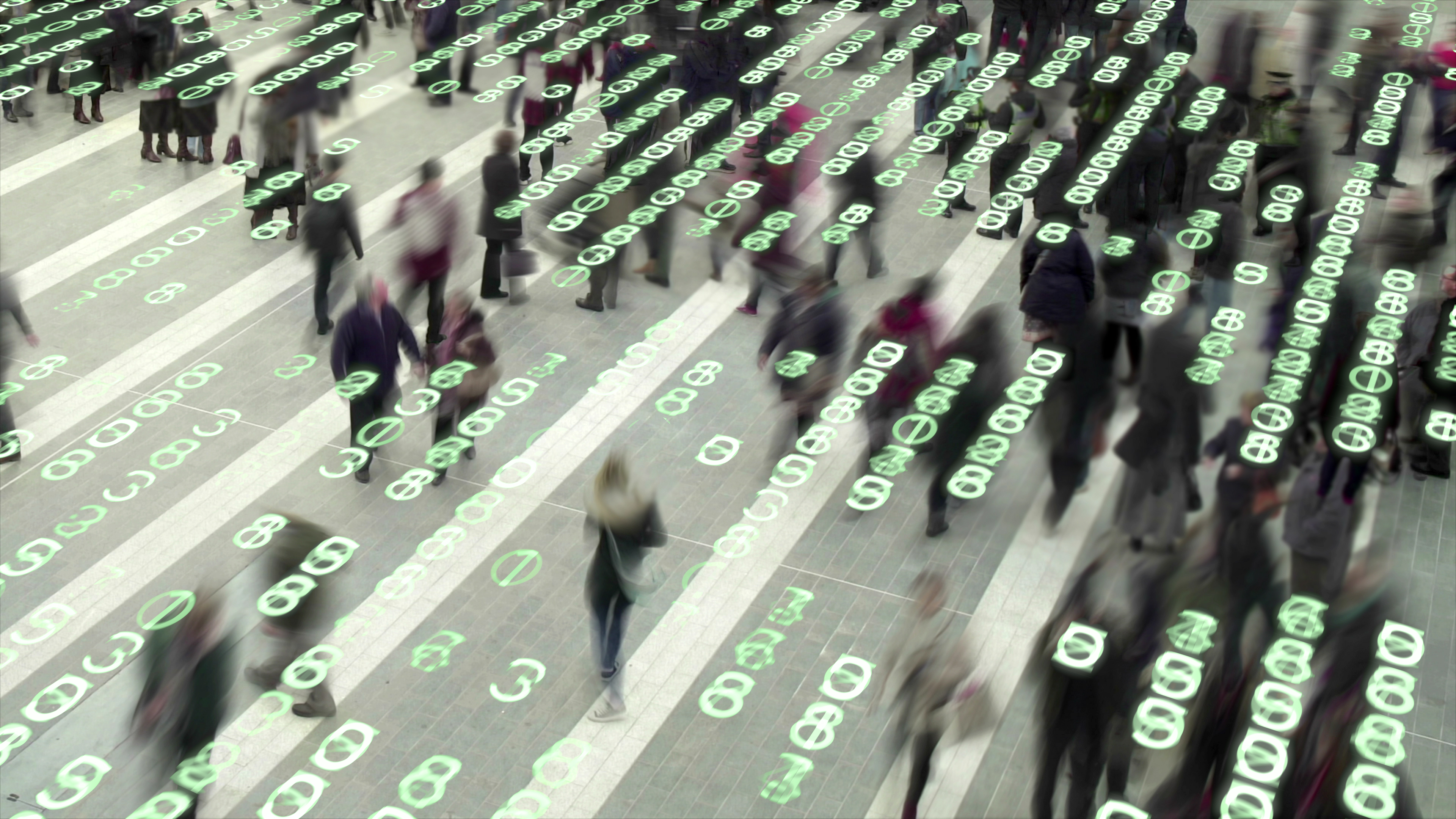Numerous organisations are using technology to cover a variety of public events, from protests to celebrations. Over time our society has changed. The challenge for governments now is how to benefit their communities, to create smarter yet safer cities and enhance social cohesion.
The Internet of Things, Big Data and Analytics are all part of the package that government institutions must start developing solid plans for, to offer a safer place for the technological population.
For example, IoT solutions are set to impact the way government organisations deal with public safety issues. However, there are some serious obstacles on the way. One of them is to ensure that network infrastructure is able to continuously collect and exchange data to monitor and measure performance, whilst perhaps more significantly, the need to have the ‘social licence’ to collect and process information about individuals in public spaces becomes an increasing imperative.
Gartner forecasts that by 2020 there will be over 20 billion connected things in use worldwide. Civica’s research released in the end of 2015, The Changing Landscape, shows that local government councils in Australia and New Zealand are aware that citizens are becoming increasingly digitally oriented. They expect that by 2025 almost 100 per cent of the population will be connected and demanding self-servicing, such as being able to pay council fees over the internet, booking services, as well as contacting and liaising with councils via social media channels. Therefore there is a compelling need to develop a broader strategy around digital engagement, including community safety as one of the front line providers of services to the public.
IBM estimates that 2.5 quintillion bytes of data are created daily, meaning that over the past two years alone, 90 per cent of the world’s data was generated. Smart cities are predicted to generate a data overflow. Given this scenario, securely and reliably connecting this data with public safety officials will make smart cities safer cities.
The adoption of technologies to collect data from citizens also offers benefits to local governments. According to Civica’s research, by 2025 councils will be actively accessing technology to collect information from existing assets. They will also be able to implement flexible parking restrictions based on traffic patterns, use street lights that record air pollution data, and put in place CCTV cameras that automatically detect unusual behaviour.
To deliver smarter and safer cities, government organisations’ key to success will be the ability to securely collect, filter, and send the correct data into a mobile environment where public safety officials can access it. This will enable public safety officials to deter, solve, and potentially even predict, crime.
Government institutions will face huge transformation; however there are a number of distinctive factors in Australia that will contribute to innovation being adopted. One important step is to be aware that building smarter and safer cities will demand broad co-operation and commitment from across the public safety and community landscape.
For this reason, governments must spend time planning and developing policies that enable smart cities to maximise their safety advantages. For the industries involved, they need to understand the benefits that come through sharing resources with public safety.
This is a great opportunity for Australia: embracing technology and aiming to build smarter cities can result in numerous benefits for urban, social, and economic development. The ultimate challenge for the government is to do it with the main focus being on improving the quality of life for its citizens.







